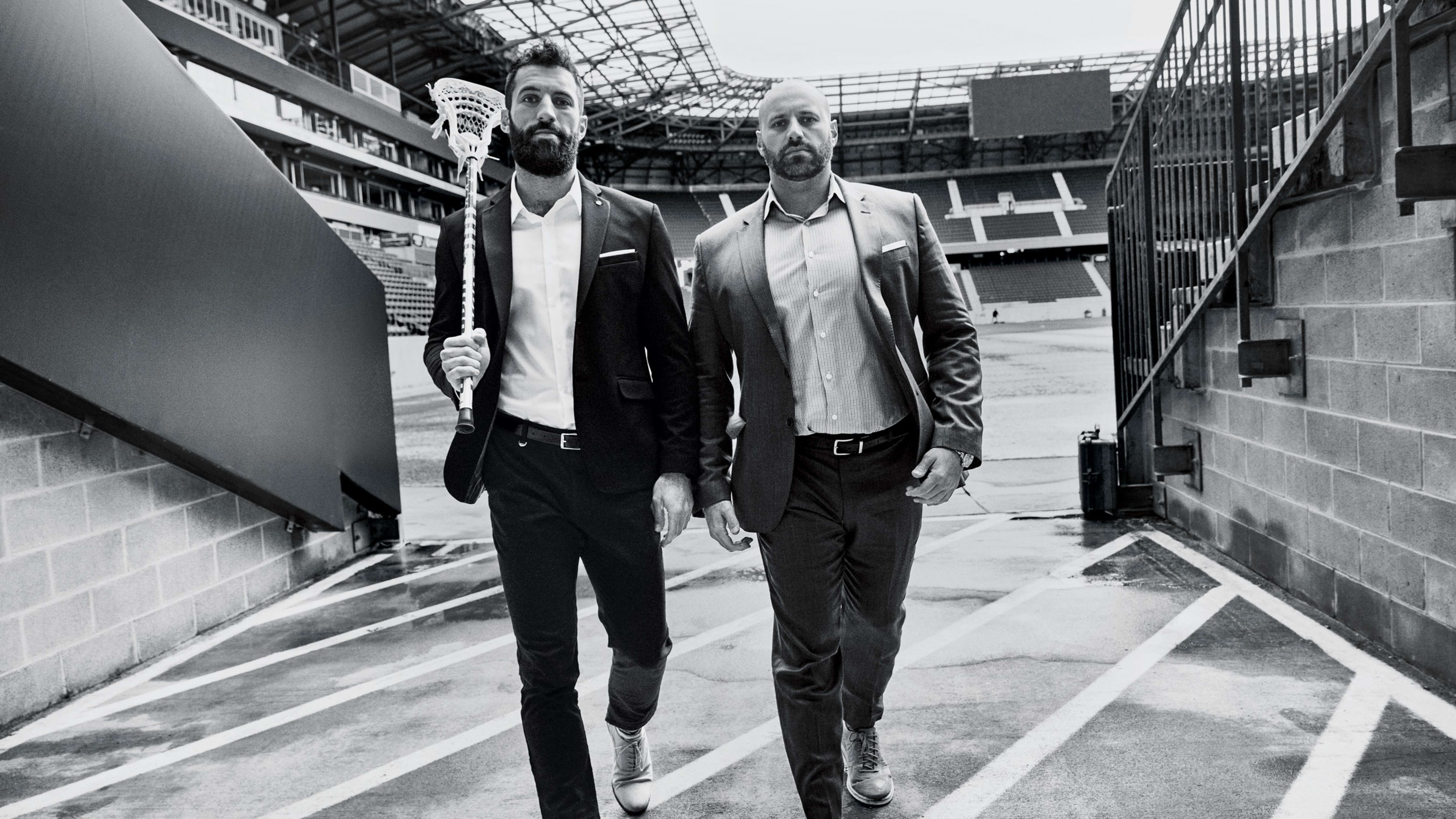The line inside the Philadelphia convention center stretches several hundred feet, three or four people thick with giddy lacrosse fans, many of them kids with their parents in tow. They have traveled from all over the country to attend LaxCon, the annual event sponsored by U.S. Lacrosse (the sport’s official governing body), which offers three days of clinics, demos, vendor exhibits, and a chance to share oxygen with the world’s greatest lacrosse players, including the most famous of them all, Paul Rabil, who is at the head of this queue, greeting fans and posing for photos.
This year, the Major League Lacrosse (MLL) star known for his brawn, speed, and skill is here on a mission of his own: to promote the Premier Lacrosse League (PLL), which he and his brother, Mike, launched last fall. Rabil and nearly 160 of the world’s top players have opted out of playing for the 18-year-old MLL to join the PLL, lured by a guaranteed minimum salary about two or three times higher than the MLL’s as well as healthcare, coverage on NBC, a touring schedule set to begin on June 1, and an equity stake—a first for a professional sports league. The league’s investors—Creative Artists Agency and such private equity players as the Raine Group, the Chernin Group, Blum Capital, and others—see potential in an exploding market for an increasingly popular game.
Lacrosse is the oldest team sport in North America, invented by Native Americans nearly 1,000 years ago (the Iroquois called it the Creator’s Game). When Jesuit missionaries encountered it in the 17th century, the French priests saw the long wooden stick with a hook and webbing at one end and dubbed the game “la crosse.” It took root among settlers in Canada, where it was the country’s first official national sport (sorry, hockey), and gradually spread south. By the early 20th century, lacrosse had established itself as a provincial extracurricular activity among mid-Atlantic high schools and colleges and became a fixture at elite Northeastern prep schools. The sport earned a reputation as something rich white kids play.
But that’s been changing. Over the past two decades, lacrosse has been the fastest-growing team sport in America, with total participation (male and female) up more than 225% since 2001. The number of collegiate nonwhite players has more than tripled in the past 10 years as the sport has spread across the U.S. More than 200 colleges have added NCAA lacrosse programs since 2012, and over a million boys and girls in the U.S. currently play. Many of them are in Philadelphia today, clutching PLL hoodies for Rabil to sign. The line moves slowly, but nobody seems to be complaining.
Recognize your brand’s excellence by applying to this year’s Brands That Matter Awards before the early-rate deadline, May 3.
